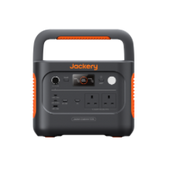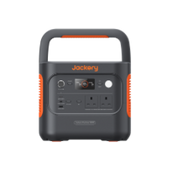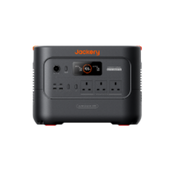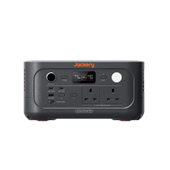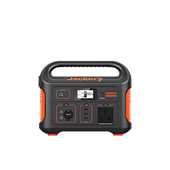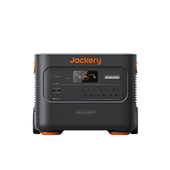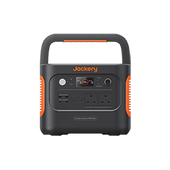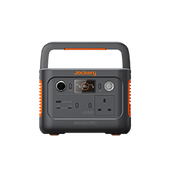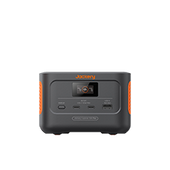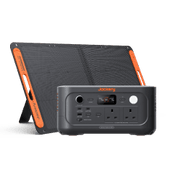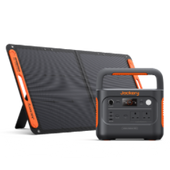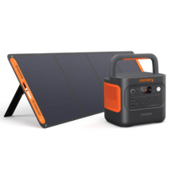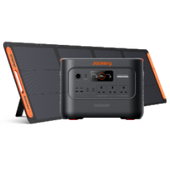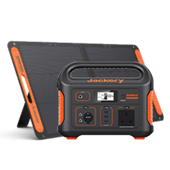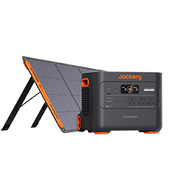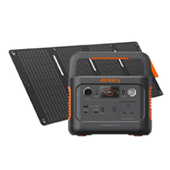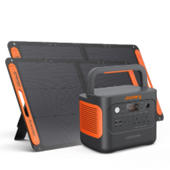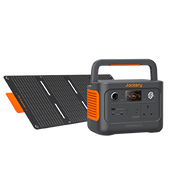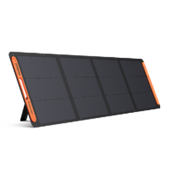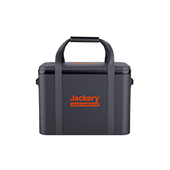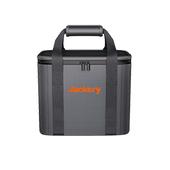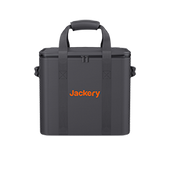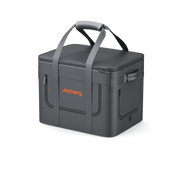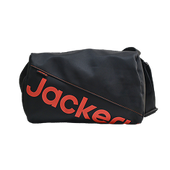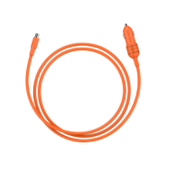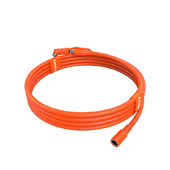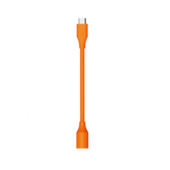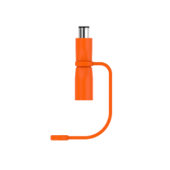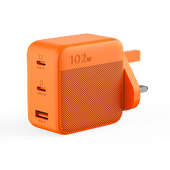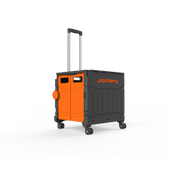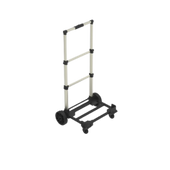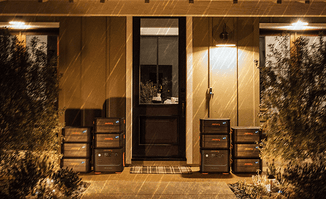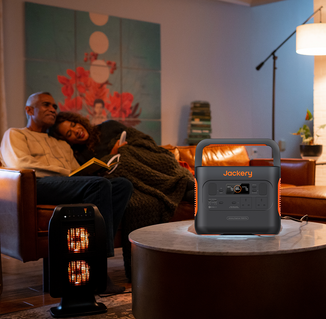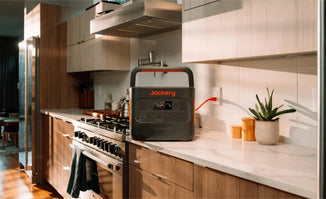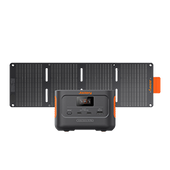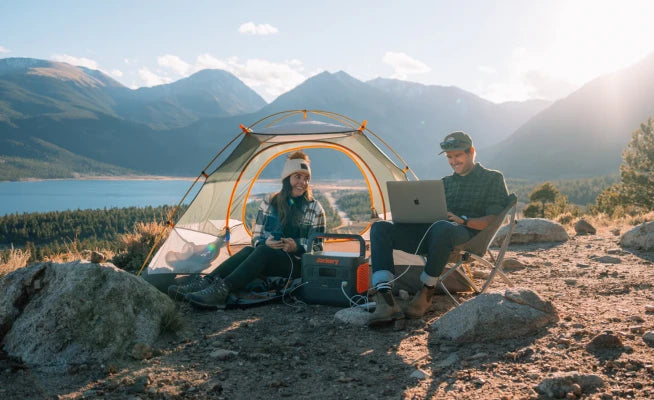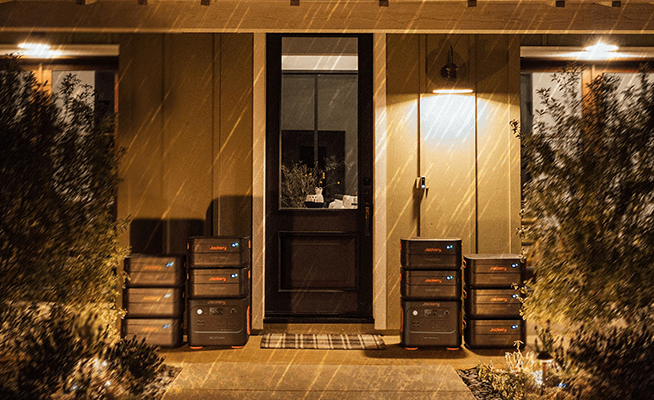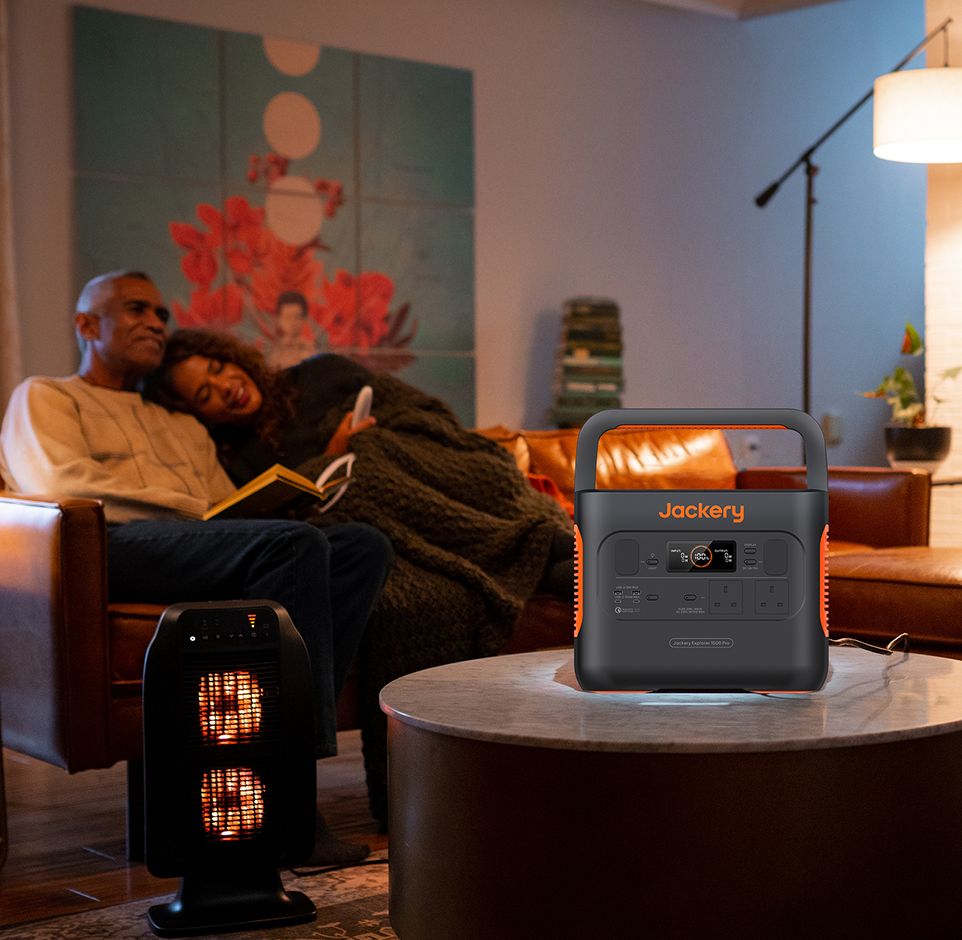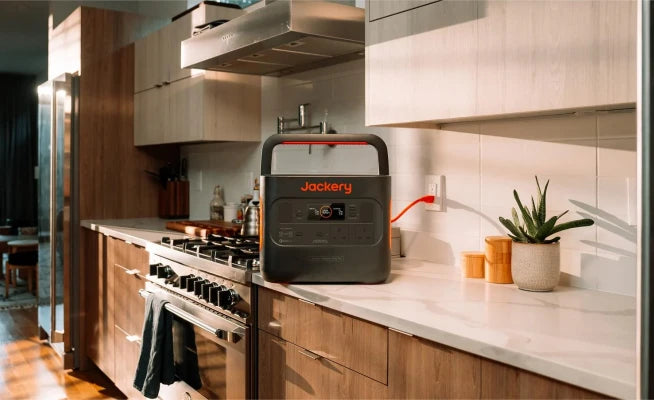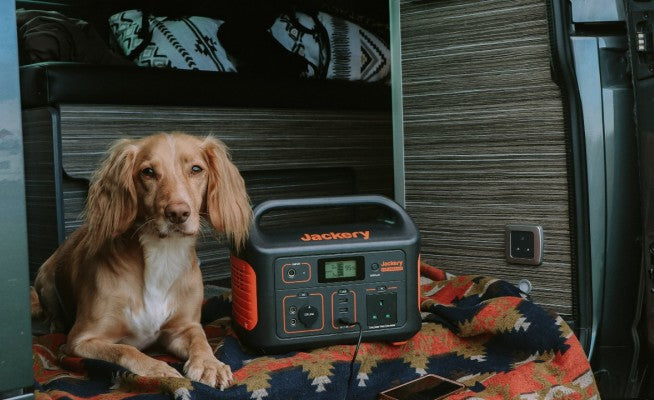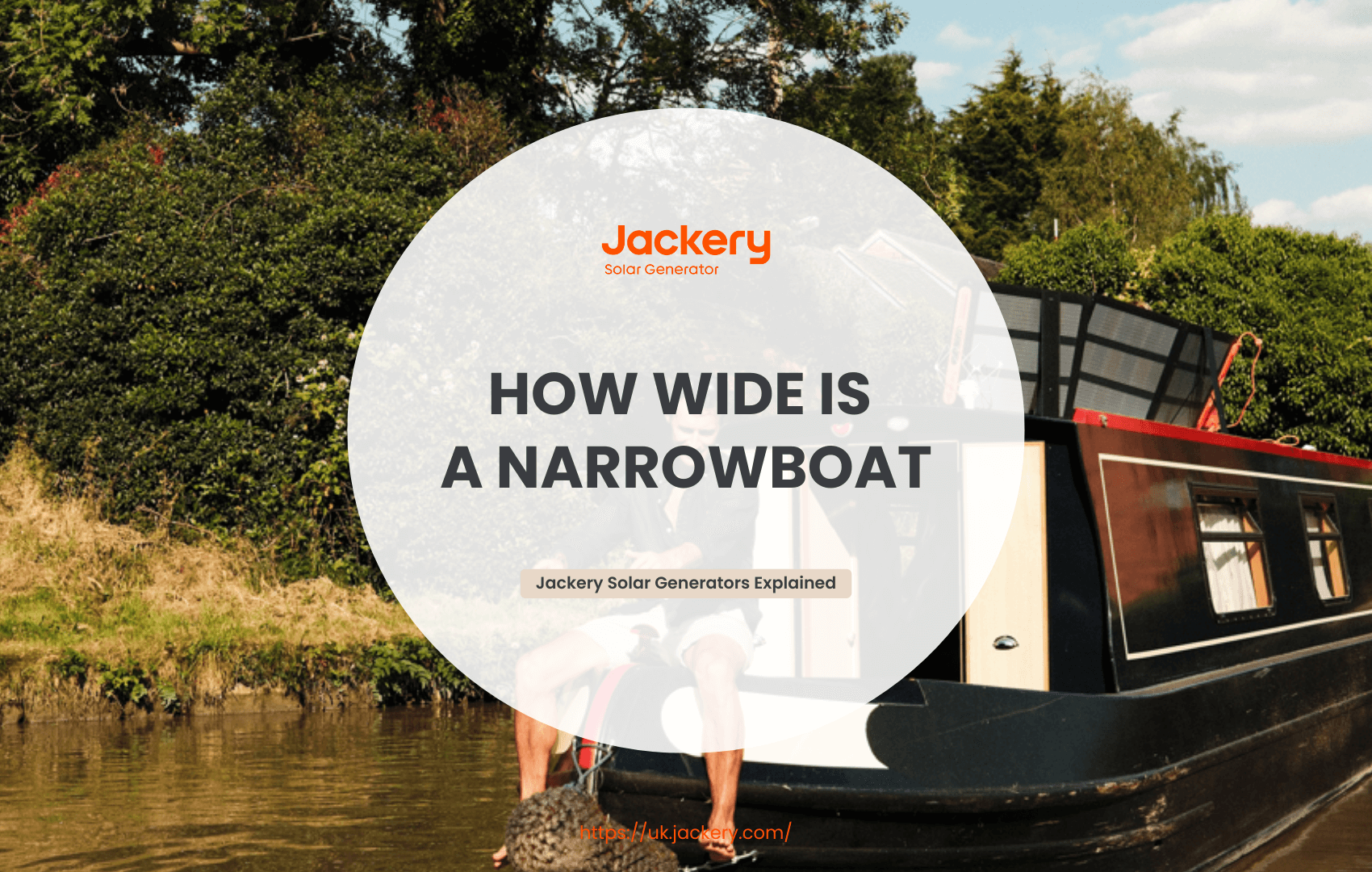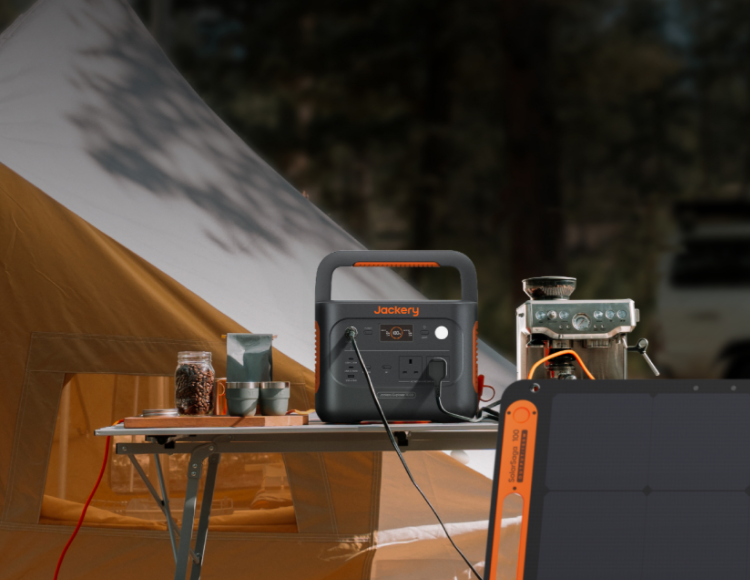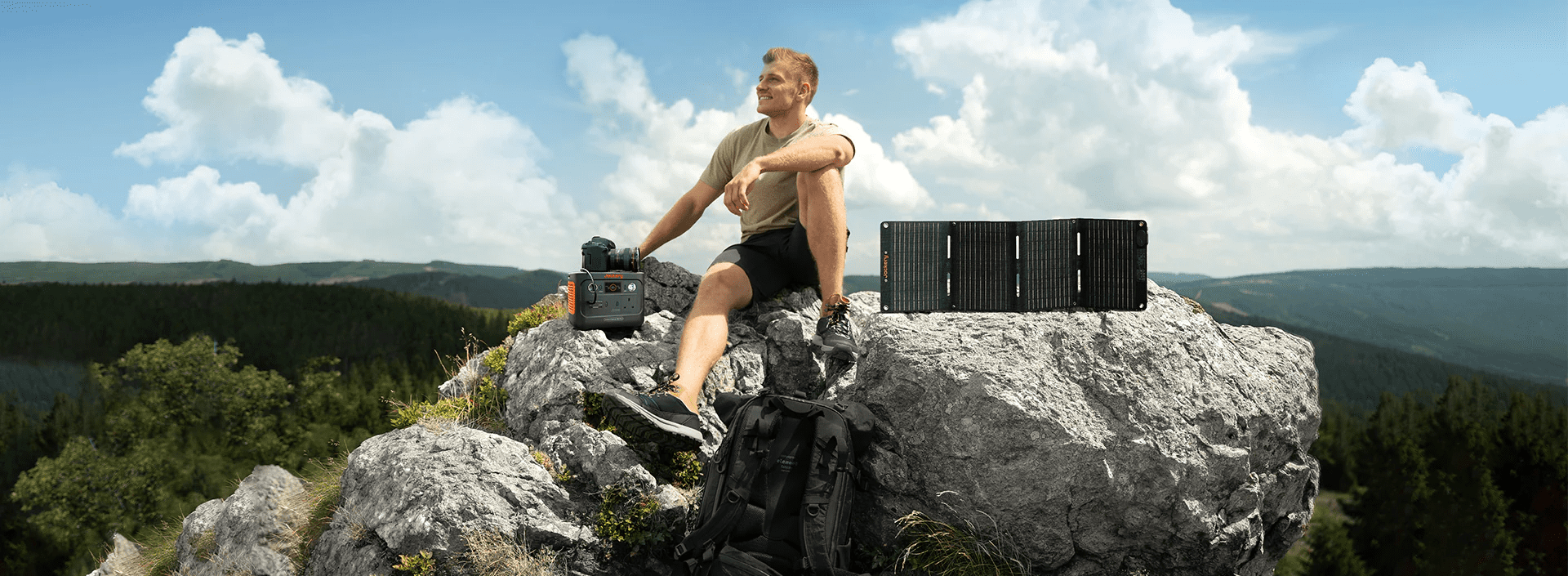Narrowboats are a one-of-a-kind and well-known feature of the UK's canal system. They are recognised for being narrow and capable of doing many things. Knowing the conventional width of a narrowboat is essential for safely navigating the country's historic canals, accessing locks, and docking. The design of narrowboats prioritises fitting within narrow canal limits, while also striking a balance between stability and manoeuvrability.
If you're buying a narrowboat for the first time, have been boating for a while, or just want to know how wide a narrowboat usually is, knowing this will help you plan your trips and where you live.
|
Key Takeaways: |
|
● Narrowboats are typically 6 feet 10 inches (2.08 meters) wide and suited for UK canals and locks. ● Canal width limitations vary by area, limiting the maximum narrowboat dimensions permitted. ● With proper interior design, narrowboats can offer a suitable living space despite their narrow beam. Understanding narrowboat width influences decisions on anchoring, cruising routes, and lifestyle. ● Widebeam boats differ from narrowboats in size, stability, and navigational reach. ● We highly recommend the Jackery Solar Generator, such as Solar Generator 1000 v2 or 1000 Plus, as your portable power solution for living in a narrowboat. |
How Wide Is a Narrowboat?
A narrowboat is a type of canal boat that is made to fit through the UK's narrow waterways. A narrowboat is officially less than 7 feet wide, which is narrow enough to fit through the narrow locks and bridges on the ancient British canal system. This shape sets narrowboats apart from broader canal boats, including wide beam boats, which can be more than 12 feet wide.
If you want to buy, live on, or sail on a narrowboat, you need to know how wide it is. The boat's width determines which canals and locks it can navigate, preventing it from getting stranded and making passage easier.
What is the Standard Width of a Narrowboat?
The standard width of a narrowboat is approximately 6 feet 10 inches (2.08 meters); however, this measurement can vary slightly depending on the boat's age and the manufacturer. This width was deliberately chosen to provide you with the most living space inside while still being narrow enough to fit easily on most UK canals. This balance is beneficial for owners, as it provides them with ample space for living quarters without compromising their ability to access the entire canal network.
How Does Width Affect Narrowboat Living and Navigation?
The breadth of the boat impacts not only where you can go but also how much space is available for living and storing things. If a narrowboat is too wide, it might not be able to moor or travel on certain canals. If it is too narrow, it might not have enough space on board. Knowing the width of a narrowboat will help you select the right boat for your cruising goals and lifestyle needs.

Why Narrowboats Are Designed to Be Narrow?
You can tell right away that a narrowboat is a narrow and long boat. This design goes back to the very beginning of the UK's canal system. The main reason they are so narrow is due to the physical limitations of the waterways on which they were intended to travel. During the Industrial Revolution, the British canal system was built.
To save money and land, the locks were built with a standard width of about 7 feet. Because of this rule, vessels could only be roughly 6 feet 10 inches (2.08 metres) broad to get past the locks and bridges. This compact design remains necessary today to ensure that narrowboats can access much of the UK's 2,000-mile canal network. The narrow beam is both a practical and historical need.
What Historical Factors Influenced Narrowboat Design?
The locks, bridges, and tunnels that comprised the Industrial Revolution canal system were intentionally designed to be narrow, thereby saving money and improving efficiency. Because of this, narrowboats were made with a beam that met these measurements, making it easy to move through the canal system. This standardisation ensures that narrowboats can access most parts of the inland waterways. Wider boats, on the other hand, can only go on a few broad canals.
Why Is Mooring Simpler for Narrowboats?
The narrow shape also makes it easy to moor. It's easier and more practical to find and use mooring sites for narrowboats because they take up less space next to towpaths or in marinas. This is especially true in busy canals and marinas. This space-saving feature makes narrowboats even more convenient and popular for living and travelling on the water.
How Wide Is Too Wide? The Limits of Canal Navigation
When considering narrowboats, one of the most crucial considerations is their width, which directly determines where the boat can safely navigate.
The canal system in the UK was designed with narrow width constraints; therefore, exceeding these limits can prevent boats from travelling through many of the canals. Understanding how wide is too wide is critical for boat owners who want to guarantee their vessel can safely navigate the desired routes.

What Is the Maximum Width Allowed on Narrow Canals?
Officially, narrowboats have a maximum beam of around 6 feet 10 inches (2.08 metres), which suits the conventional narrow locks found on the majority of UK canals. Boats that are broader than this are considered widebeam and are subject to limitations.
Widebeam boats are often wider than 7 feet, which limits their ability to cross many canals constructed specifically for narrowboats. This disparity is significant since many locks, bridges, and tunnels were designed with small dimensions that cannot allow larger vessels.
Which Canals Allow Wider Boats?
There are also broader canals in the UK, such as stretches of the Grand Union Canal or the River Thames, that can accommodate boats larger than narrowboats. However, the vast bulk of the canal network remains accessible only to vessels with a tight beam limit, emphasising the importance of maintaining inside the 6'10" width. Trying to navigate bigger vessels on tiny canals is often difficult or impossible.
What Happens If a Boat Is Too Wide for a Canal?
If a boat is too wide to pass through a lock or under a bridge, it is unable to continue along the canal, thereby limiting its cruising area. This reduces the boat's versatility and limits access to popular moorings, marinas, and cruising areas. Many boaters discover that having a boat bigger than the narrowboat standard severely limits the number of canals and waterways suitable for usage.
Canal and river authorities frequently impose width restrictions to safeguard infrastructure and promote safe travel. Boats that exceed the maximum width limits may be denied admission or have restrictions on where they can moor and operate. Narrowboat owners and buyers must understand these restrictions to prevent costly mistakes and enjoy hassle-free cruising.
How Do Width Restrictions Vary by Region?
Locks on canals in northern England, such as the Leeds and Liverpool Canal, are typically smaller, which means boats must be less than 7 feet wide. On the other hand, some southern canals and larger navigable rivers, such as the River Thames or parts of the Grand Union Canal, can accommodate wider boats, which are frequently referred to as "widebeam" boats and can be 14 feet wide or more. Widebeam boats, on the other hand, can only go on broader waterways.
Length vs Width: How Boat Size Affects Where You Can Travel?
When planning a trip on a narrowboat, it's essential to know how both length and width affect navigation. The boat's length is just as crucial as its width when determining which waterways it can access. This is because canal locks are designed to accommodate boats of a specific width. Boat owners can choose the best boat for their needs by knowing how to balance these two factors.

How Does Boat Length Affect Canal Navigation?
The average length of a narrowboat is between 30 and 70 feet, with the most popular sizes being 50 to 60 feet. However, because the locks vary in size based on the canal and locality, many UK canals have length restrictions. Some parts of the canal network won't let boats through if they are longer than the limit lock length. For instance, some locks are only 57 feet long; therefore, boats that are longer than that can't get through these rivers.
How Does Width Limit Your Route Compared to Length?
The length of your boat limits how far you can go, but the width limits which canals and locks you can get into at all. No matter how long it is, a boat that is excessively wide (more than about 6 feet 10 inches) will not be able to get through tight canals. So, breadth usually decides which canals are even possible, and length determines how far you can go along those canals.
Why Do Some Boaters Choose Longer Narrowboats?
Longer narrowboats offer more living space and storage, making them ideal for individuals who wish to cruise or live on board for extended periods. But there are also downsides to this. Long boats may only be able to navigate through specific parts of the canals with longer locks, and they may struggle to reach particular mooring locations. On the other hand, shorter boats are more flexible but have less room.
Can a Shorter Widebeam Boat Navigate More Canals Than a Longer Narrowboat?
No, in most circumstances. Widebeam boats are frequently limited to bigger canals and rivers, even if they are shorter, because they are too wide for tiny canals. The narrow beam of the narrowboat is what makes it possible for most of the UK's ancient canal network to be reached. Generally, width has a bigger effect on how flexible a route is than length.
Can You Live Comfortably in a Narrowboat This Size?
When you live on a narrowboat, you have to find a balance between room, comfort, and usefulness. People who own narrowboats often choose ones that are approximately 50 to 60 feet long and 6 feet 10 inches wide, providing sufficient capacity for their everyday needs. Both first-time buyers and experienced boaters need to know what makes living aboard a narrowboat of this size comfortable.

How Much Space Does a Typical Narrowboat Offer?
A narrowboat that is about 50 to 60 feet long and just about 7 feet broad usually has between 200 and 300 square feet of living space. This includes places to sleep, cook, eat, and store things. The plan is thoughtfully designed to maximise every square inch of space, despite its smaller square footage compared to a typical home. This is typically achieved by utilising furniture that serves multiple purposes and incorporating built-in storage solutions.
Is the Width Adequate for Comfortable Movement?
Narrowboats have a maximum beam of around 6 feet 10 inches. They keep their slim shape so they can fit through locks, but this means that the rooms and corridors inside are also narrow. This beam creates a valuable and comfortable passageway, although it may take some getting used to for people accustomed to living in larger rooms. It also keeps the boat able to fit through conventional shallow canal locks.
Can You Have Modern Amenities on a Narrowboat of This Size?
Many modern narrowboats share features similar to those of a tiny home, including kitchens with built-in appliances, bathrooms with showers, and heating systems.
Because the space is small, the appliances and fixtures are small but well-designed to make you as comfortable as possible. Many narrowboats of this size now feature solar panels and battery banks that can be used to power devices off the grid. This makes them more desirable for long-term living choices.
What Lifestyle Adjustments Are Necessary?
To live successfully on a narrowboat of this size, you may need to make adjustments to your lifestyle, such as decluttering unnecessary items, adopting a minimalist approach, and adapting to living in a smaller space. However, many people believe that the benefits of living on a canal, including the beautiful surroundings and a sense of community, outweigh the problems. A narrowboat this size may easily hold one person, a couple, or even a small family who is ready to live on a boat.
Jackery Solar Generators for Living in a Narrowboat
Living on a narrowboat in the UK offers a unique blend of freedom and connection to nature, but it also presents specific challenges, particularly regarding power. A Jackery Solar Generator (which combines a Jackery Portable Power Station with Jackery SolarSaga solar panels) can be an excellent solution for many of these challenges.
One of the biggest appeals of narrowboat living is the ability to moor in picturesque, off-grid locations. A Jackery Solar Generator provides a crucial source of electricity when you're not connected to a marina's shore power.
Traditionally, narrowboaters run their diesel engines for hours to charge their leisure batteries. A Jackery Solar Generator, especially when paired with ample solar input, can significantly reduce your reliance on engine charging, resulting in savings on fuel costs, reduced noise, and lower emissions.
Jackery Solar Generator 1000 v2
Living on a narrowboat in the UK often means embracing an off-grid or semi-off-grid lifestyle, and the Jackery Solar Generator 1000 v2 (which typically pairs the Explorer 1000 v2 power station with SolarSaga 100W or 200W solar panels) is a fantastic choice for this unique way of life.

Sufficient Capacity: A 1070Wh capacity is a good starting point for a narrowboat, especially for daily essentials. It can power lights, charge numerous devices (phones, laptops, tablets), and run small kitchen appliances.
Versatile AC Output (1500W continuous / 3000W surge): This is crucial for narrowboat living. Unlike smaller power banks, the 1000 v2 can handle a broader range of typical household appliances you might use, such as fridges, blenders, electric kettles, TVs, and more.
Efficient Solar Charging (up to 400W input): You can connect multiple SolarSaga 100W or 200W panels to the Explorer 1000 v2. This is vital for replenishing power when you're off the grid on the canals. Solar panels can be easily set up on the narrowboat roof or deployed on the bankside when moored.
Reduced Reliance on Engine/Shore Power: While narrowboats typically have leisure batteries charged by the engine's alternator or shore power, a Jackery Solar Generator 1000 v2 provides a supplemental, clean, and silent power source. This reduces engine running time (saving fuel and noise pollution) and dependence on finding shore power hookups, which can be scarce or expensive.
4000+ Charge Cycles (to 70%+ capacity): This is a massive advantage for a permanent or semi-permanent living situation. LiFePO4 batteries offer a significantly longer lifespan than older NMC batteries, meaning the 1000 v2 will reliably serve you for years (up to 10 years of daily use) before significant degradation occurs.
|
Jackery Solar Generator 1000 v2 Running Time |
|
|
Electric Kettle (600W) |
6 Times |
|
Coffee Maker (550W) |
1.5H |
|
Projector (100W) |
8H |
|
Portable Fridge (60W) |
15H |
|
Camera (8.4W) |
47 Times |
(*The working hours are only for reference; the actual working hours depend on your usage.)
Jackery Solar Generator 1000 Plus
The Jackery Solar Generator 1000 Plus is an excellent choice for narrowboat living in the UK, offering a significant upgrade in power, longevity, and flexibility compared to smaller portable power stations or relying solely on a boat's existing leisure battery system.

1264Wh Capacity (Expandable to 5kWh): This is a key differentiator. 1264Wh provides a solid amount of power for a continuous cruiser's daily essentials. This can comfortably run lights, phones, appliances and more.
2000W AC Output (4000W Surge): This powerful pure sine wave inverter is crucial. It means the 1000 Plus can handle most common domestic appliances that a narrowboat might use.
Exceptional Lifespan: The 1000 Plus utilises a LiFePO4 battery, which is rated for 4000 charge cycles to 70%+ capacity. For a live-aboard, this means many years (often a decade or more) of reliable daily use. This is a massive advantage over traditional lead-acid leisure batteries (which typically offer 300-500 cycles) and even older NMC lithium batteries.
Integrated MPPT Controller: The 1000 Plus features an advanced Maximum Power Point Tracking (MPPT) solar charge controller. This technology maximises the power harvested from your solar panels, even on partially cloudy days or when the sun isn't at a perfect angle – a common scenario on winding UK canals.
Expandable Storage: The ability to add up to three additional 1000 Plus Battery Packs to create a system with up to 5kWh of capacity is incredibly valuable. This means you can start with a manageable size and expand as your power demands increase or as you gain more experience with off-grid living.
|
Jackery Solar Generator 1000 Plus Running Time |
|
|
Heater (2000W) |
30 Min |
|
Effects Oven (1600W) |
0.7H |
|
Coffee Machine (1120W) |
1H |
|
Air Conditioner (1000W) |
88 Min |
|
Rice Cooker (530W) |
2H |
(*The working hours are only for reference; the actual working hours depend on your usage.)
What About a Widebeam Boat? How It Differ From a Narrowboat
In the UK, the word "narrowboat" only applies to vessels with a beam of less than 7 feet. Boats with beams that are 8 to 14 feet or more are called widebeam boats. This difference is crucial since it determines where these boats can go and what kind of living space they have. Anyone considering living on the water should be aware of these differences.
What Defines a Widebeam Boat?
A narrowboat can't be more than 6 feet 10 inches (2.08 meters) broad; hence, boats that are bigger than this are called widebeam boats. Widebeam boats usually have a beam that is wider than 7 feet. This makes the inside of the boat more comfortable to live in. They are not like narrowboats, as they are designed for broader canals, rivers, and some marina sites where locks and bridges can accommodate them.
How Do Widebeam Boats Differ in Design and Usage?
Widebeam boats are boxier and wider than narrowboats, which are long and thin. This design is wider, which means that rooms can be full-width, there is greater headroom, and there is room for extra cabins or bigger living areas. Widebeams, on the other hand, can't go through the tighter locks and tunnels made for narrowboats; therefore, they can only go on bigger canals.
Can Widebeam Boats Navigate the Same Canals as Narrowboats?
Widebeam boats can only go on canals and rivers with wider locks and deeper channels. Most of the UK's canals were built in the 18th and 19th centuries and were meant for narrowboats with locks that were about 7 feet wide. Because of this, widebeams can't get through a lot of narrow canals, so they can only cruise on bigger canals like parts of the Grand Union Canal and rivers like the Thames.
FAQs
The following are the frequently asked questions about the width of a narrowboat:
1. How wide is a narrowboat in the UK?
In the United Kingdom, a narrowboat is typically 6 feet 10 inches (2.08 meters) wide. This exact breadth is intended to allow the boat to negotiate the customary narrow canals and locks constructed during the Industrial Revolution. It provides access to the majority of the UK's inland waterways, with several locks and bridges designed to accommodate vessels little wider than 7 feet.
2. Can wide beams go through locks?
Most narrow locks on the UK canal system cannot accommodate broad beam boats, which are typically larger than 12 feet (3.66 metres) wide. These boats can only go on larger canals and rivers, such as segments of the Grand Union Canal and the River Thames. As a result, compared to narrowboats, which can traverse the entire connected waterway network, travel possibilities are limited.
3. What is the difference between a canal boat and a narrowboat?
While the phrases are occasionally used interchangeably, narrowboats are a specific type of canal boat distinguished by their width of less than 7 feet. A canal boat is a broad term that encompasses all vessels used on canals, including wide-beam boats, Dutch barges, and houseboats. Narrowboats are long and slender, designed to fit into traditional British canal infrastructure.
4. Do you need a TV license on a narrowboat?
Yes, you must have a TV licence if you watch or record live TV or use BBC iPlayer on your narrowboat. UK law applies whether you reside in a house, flat, trailer, or watercraft. Having a TV or a device capable of receiving transmissions requires a valid TV licence, whether your narrowboat is your primary residence or only used occasionally.
Final Thoughts
Selecting the appropriate narrowboat width is critical for a smooth and comfortable canal sailing trip. The usual narrowboat beam of roughly 6 feet 10 inches is a deliberate design choice that allows access to the UK's extensive canal network while balancing stability and manoeuvrability. While broader boats provide more capacity and stability, they have limited trip capabilities.

